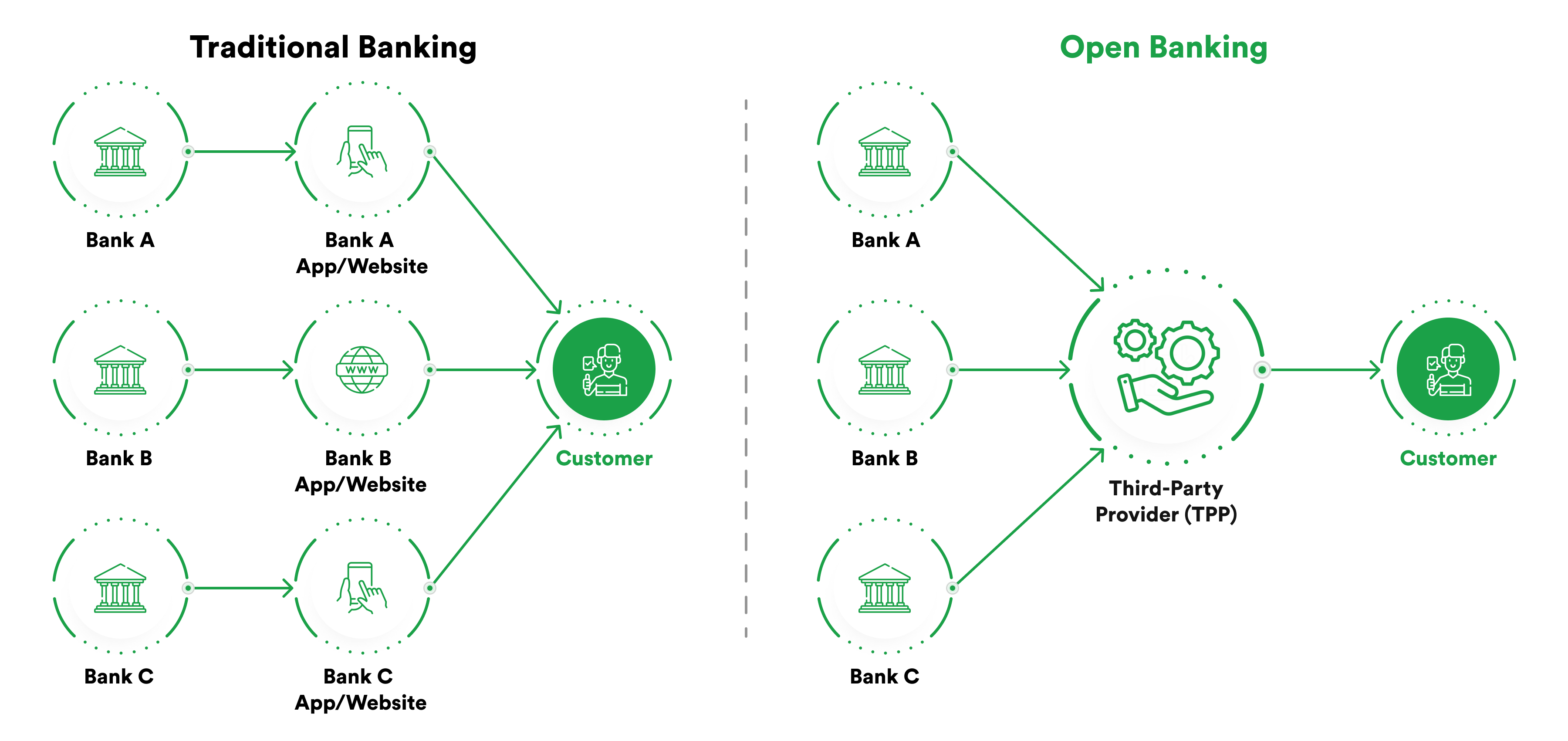
True Real-Time Data: Modernize Your Fintech Data Approach with Log-First Architecture
Legacy database models can no longer keep up with fintech’s real-time demands. A Log-First Architecture redefines data management — turning transactions into a living, auditable history that fuels agility, transparency, and innovation across financial systems.



